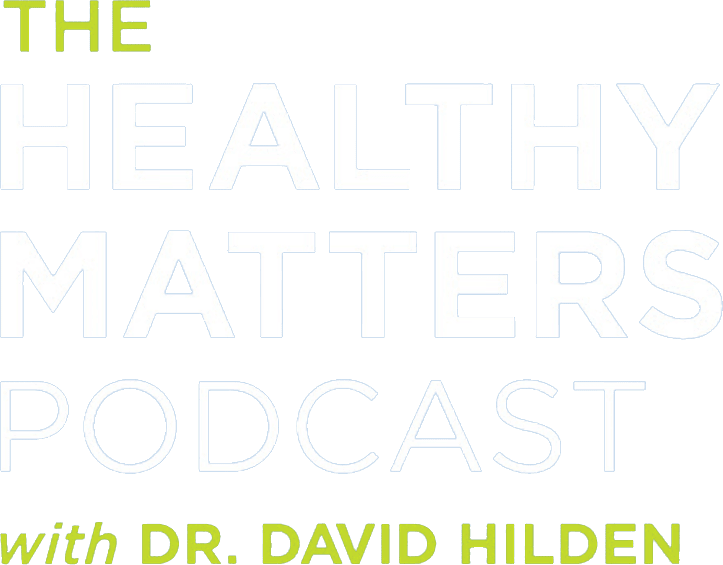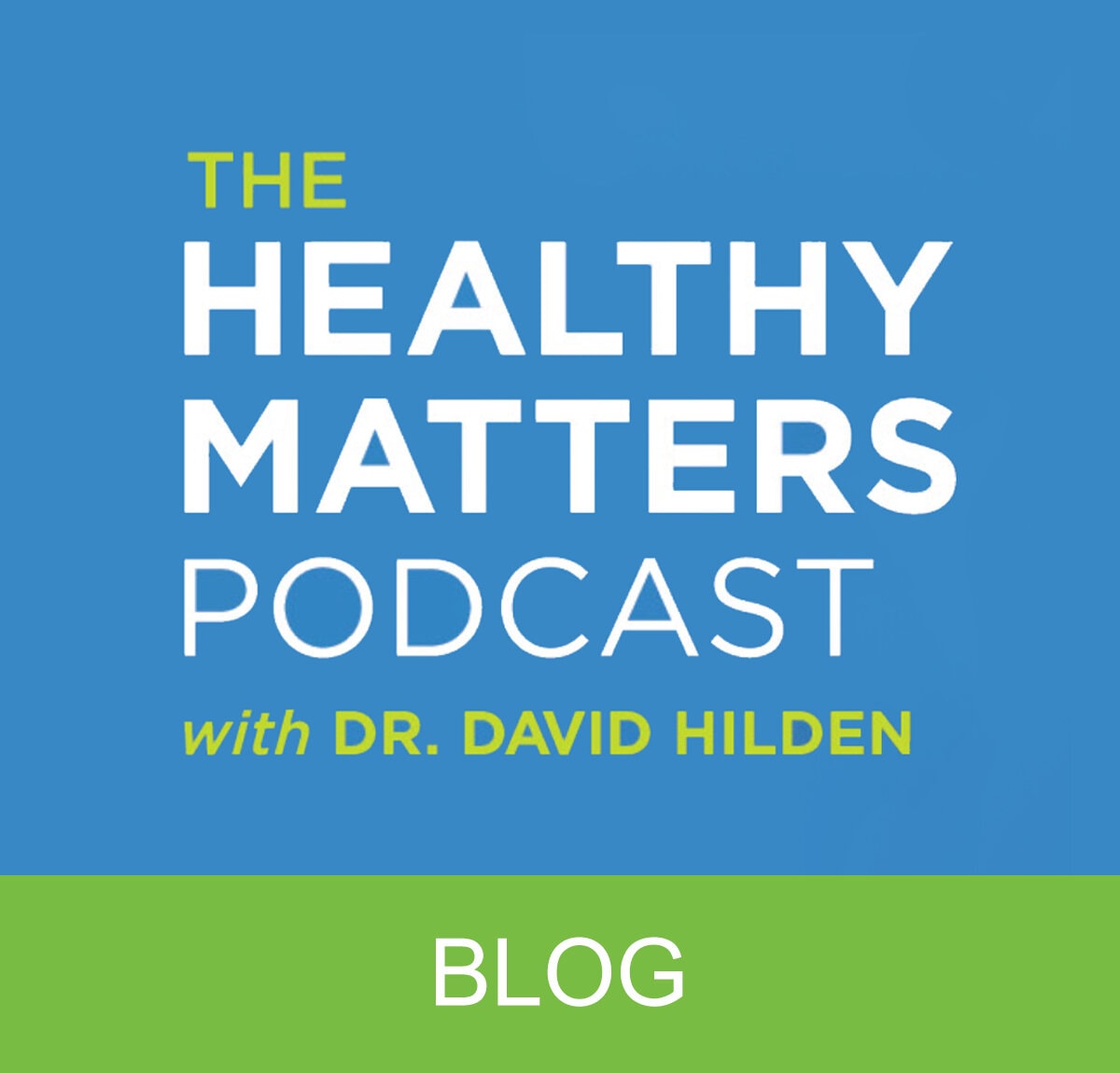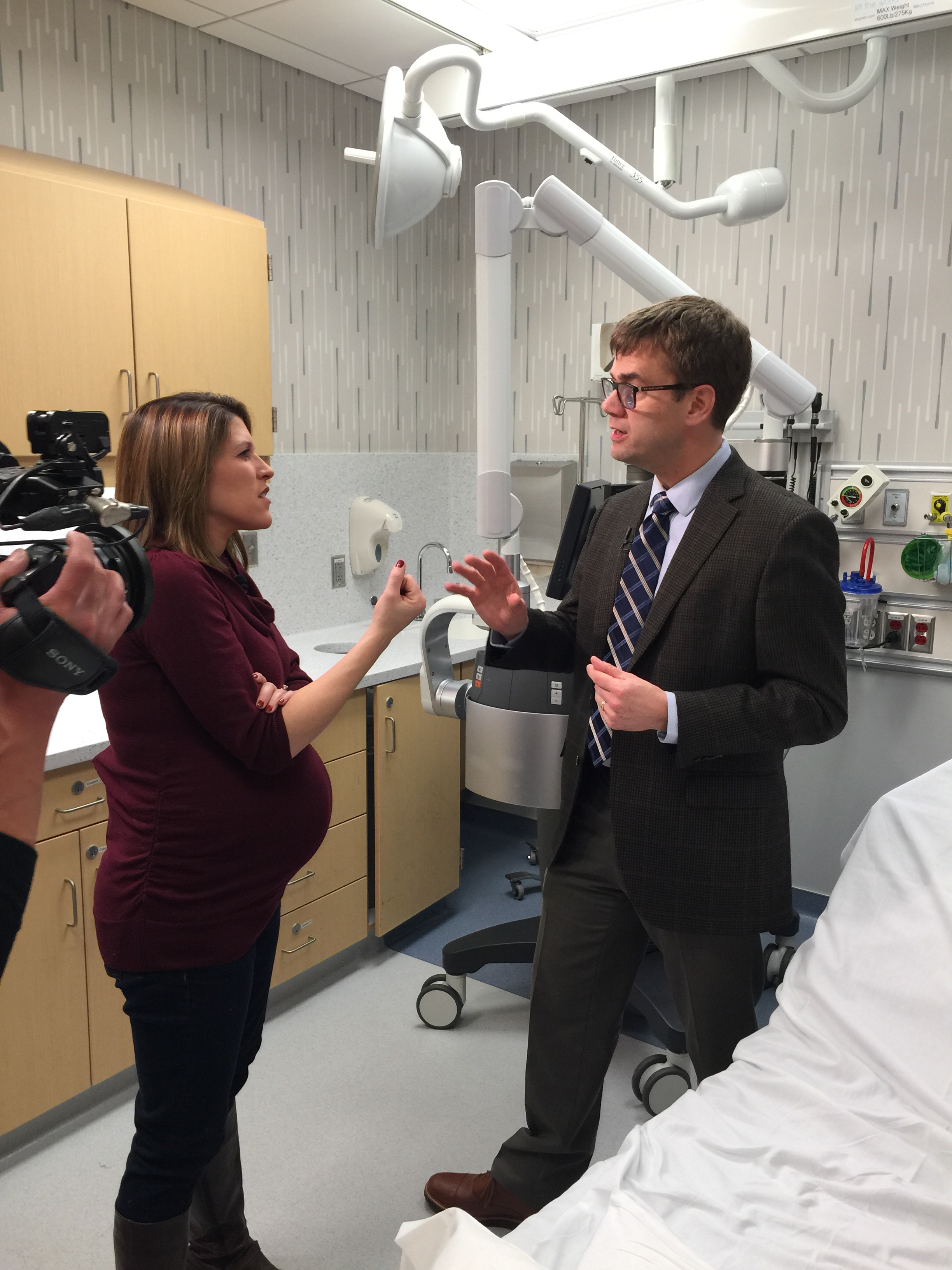Quick tips: injecting goo into your knee
Time for a  topic from the Healthy Matters mailbag. Today’s “Open Lines” show was a busy one, and as is the case for these shows, I leave many questions from listeners unanswered, or not fully answered. Mea culpa, Healthy Matters listeners! Miss the show today? You can always listen to the podcast at your leisure – in your pajamas, in the car, while out exercising. Anywhere you want. You’re so connected like that.
topic from the Healthy Matters mailbag. Today’s “Open Lines” show was a busy one, and as is the case for these shows, I leave many questions from listeners unanswered, or not fully answered. Mea culpa, Healthy Matters listeners! Miss the show today? You can always listen to the podcast at your leisure – in your pajamas, in the car, while out exercising. Anywhere you want. You’re so connected like that.
I’ve picked just one of today’s queries to highlight here.
Injecting goo into your knee
Here’s a text from today’s show (paraphrased a bit):
“I recently had injections of hyaluronic acid over 3 weeks. Now I’m having severe pains in knee and calf when walking. . . taking ibuprofen and resting and ice-packing . . . “
I can relate to this question since I’m no stranger to bone and knee pain. Witness the body work I needed after a marathon a few years back. I think I may actually be unconscious in this picture:
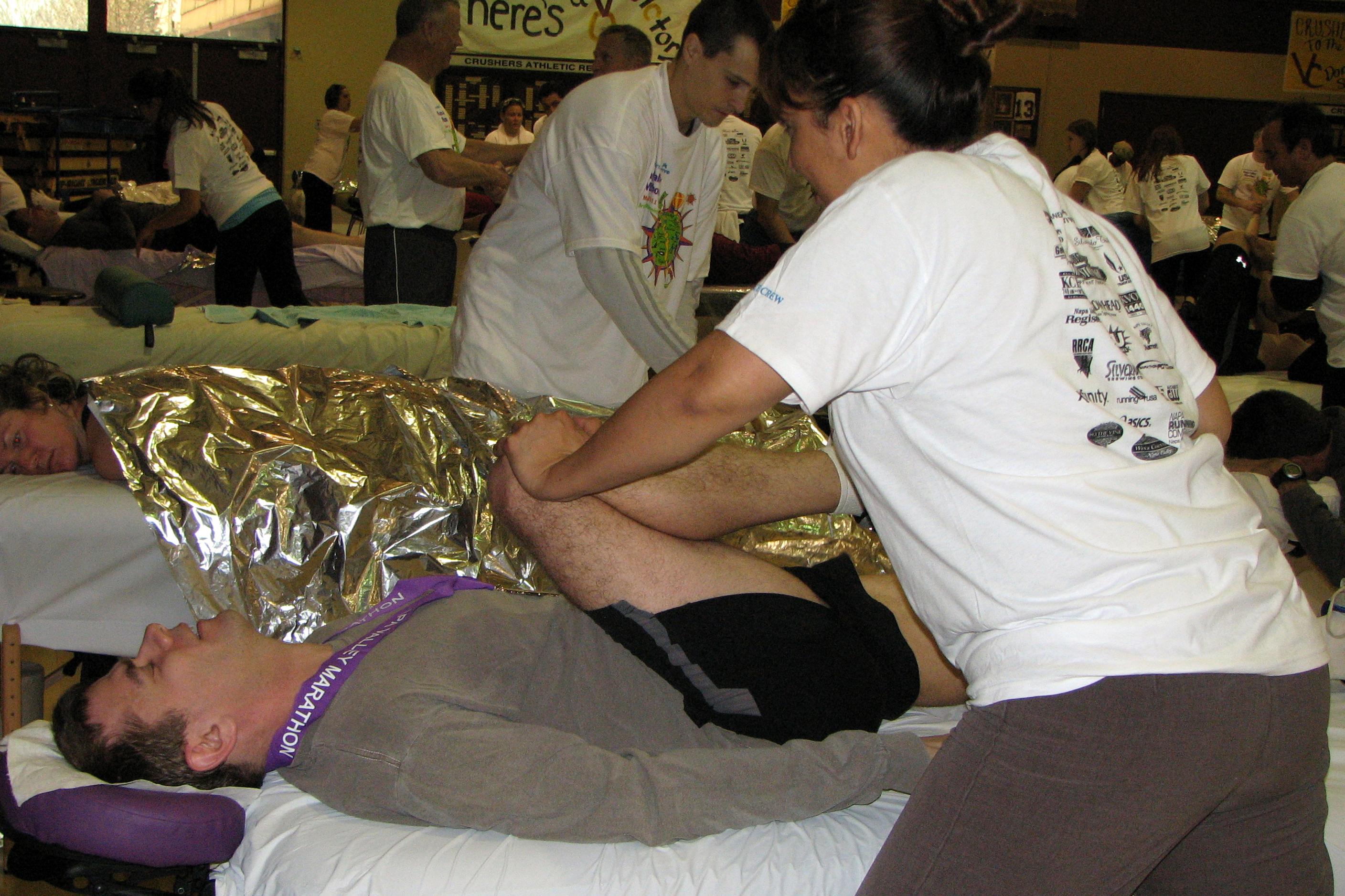
Alas, injections of hyaluronic acid or steroids or fairy dust or salt water or anything else aren’t going to help me. None of that is probably going to help the person who asked this question, either.
First, some definitions:
Osteoarthritis (OA) is the very common “wear-and-tear” type of joint disease (not to be confused with inflammatory joint problems, of which rheumatoid arthritis is the most familiar one). In OA, the cushioning cartilage wears down over time, leading to pain with movement of the joint.
(Don’t get me wrong, my problem in the picture above is not osteoarthritis. My problem is entirely self-inflicted but I’m going for the sympathy vote here).
Hyaluronic acid (HA) is the naturally occurring goo in your joints, which helps to lubricate the moving parts. Viscosupplementation is the practice of injecting a manufactured version of hyaluronic acid into the painful joint. By the 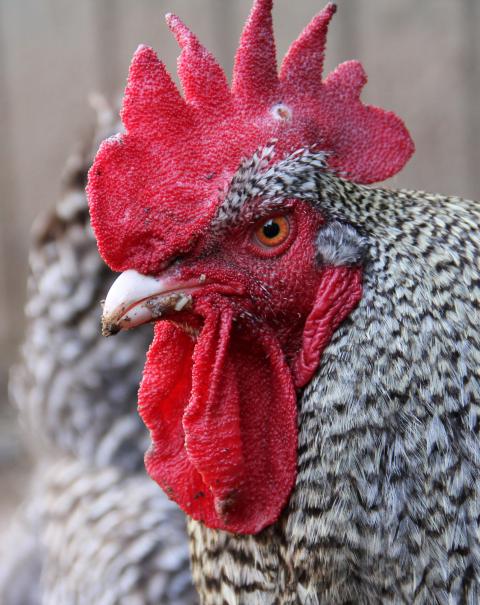 way, viscosupplementation, although the proper medical term, doesn’t sound nearly as cool as injecting goo, so I’m going with the latter term.
way, viscosupplementation, although the proper medical term, doesn’t sound nearly as cool as injecting goo, so I’m going with the latter term.
Some brands of injectable hyaluronic acids are made from bacteria, I think.
Other brands are made from rooster comb. Seriously. I’m not making that up. You are literally injecting chicken parts into your body with some of them.
So does it work?
In a word, no.
It has long been proposed that injecting a manufactured form of HA will aid in the pain of osteoarthritis. It does make some sense, I think. After all, lubrication is good for the pistons in my Mini Cooper. It worked for the Tin Man as well. And people have been trying it for years. A lot of years. To be fair, many people do seem to report some relief from it. If it is going to work at all, the relief should be expected to be delayed (a few weeks after the injection) but may last for many months. And you can find some fairly respectable Internet sites that discuss it as a viable therapy.
The problem is that there is no convincing evidence that it has any significant clinical benefit. This is where medical science comes in. Research has been done (lots of studies), and it is to the science that we must turn. Here’s the no-nonsense clinical guideline from the American Academy of Orthopaedic Surgeons:
“We cannot recommend using hyaluronic acid for patients with symptomatic osteoarthritis of the knee. Strength of Recommendation: Strong“
You can read the whole guideline by clicking the link above – it is not exactly a page-turner but it is thorough and covers everything you want to know about knee arthritis. You can believe these guys from AAOS. The little teensy-weensy clinical benefit that may or may not be present from these injections just isn’t to be found. May as well inject sugar water as best we can tell.
So what does work for osteoarthritis?
A whole lot of us, doctors and patients alike, wish we had a cure, or just better treatments, for the many people who have joint pain. What we do have that has some scientific basis is what you might expect:
- Strengthening and exercise program to build up the support structures of the joint.
- Weight loss if overweight (BMI 25 or greater).
- Use NSAIDS (non-steroidal anti-inflammatory drugs) like ibuprofen and naproxen.
So for our texter who raised the question, you raise a really good topic and I hope you get some relief! Here’s my thoughts:
- First, make sure you have tried a good course of physical exercise, including strengthening exercises.
- Second, unless you have a contraindication to using them (and there are many – like heart failure, intestinal ulcers, kidney disease to name a few), then give the NSAIDS a try for a while.
- Maybe not surprisingly, acetaminophen (trade name Tylenol) has not been shown to help much.
- If your osteoarthritis is only mild to moderate (not severe), and you have received relief from the hyaluronic acid injections, then it may be something to consider for you (it does carry FDA-approval for what that is worth), but there is no evidence to support it and so I don’t recommend it for my patients.
- If your pain is severe, see an Orthopaedic Surgeon. Knee replacement does work for many people.
- What about the symptoms the texter is experiencing – the calf and knee pain? Well that could well be a side-effect of the injection itself. Nothing is risk-free, including these injections. Could be an infected knee (a serious problem which requires attention) or a fluid-collection or something else. I recommend going in for evaluation to rule these things out. I suggest an Orthopedic specialist or a Rheumatologist for that.
Thanks for listening to HealthyMatters and for checking out the blog!
Next week on the radio broadcast: Diabetes – the latest research on controlling your blood sugars.
Procreative success and Blue Zones: Dr. Meghan Walsh visits the studio
Procreative success and Blue Zones? The whole thing sounds like it may not be suitable for discussion in mixed company. But rest assured, it’s all good, nothing indelicate going on here. This is a post about living long and living well. Please read on . . .
On my HealthyMatters radio broadcast last Sunday, we talked a great deal about keeping your heart healthy – after all, it was Valentine’s Day and I’m not above doing a cheesy tie-in between chocolate hearts and actual cardiac health. I’m sentimental like that. But good thing I brought someone to keep me from milking the sappy heart analogies too much . . . 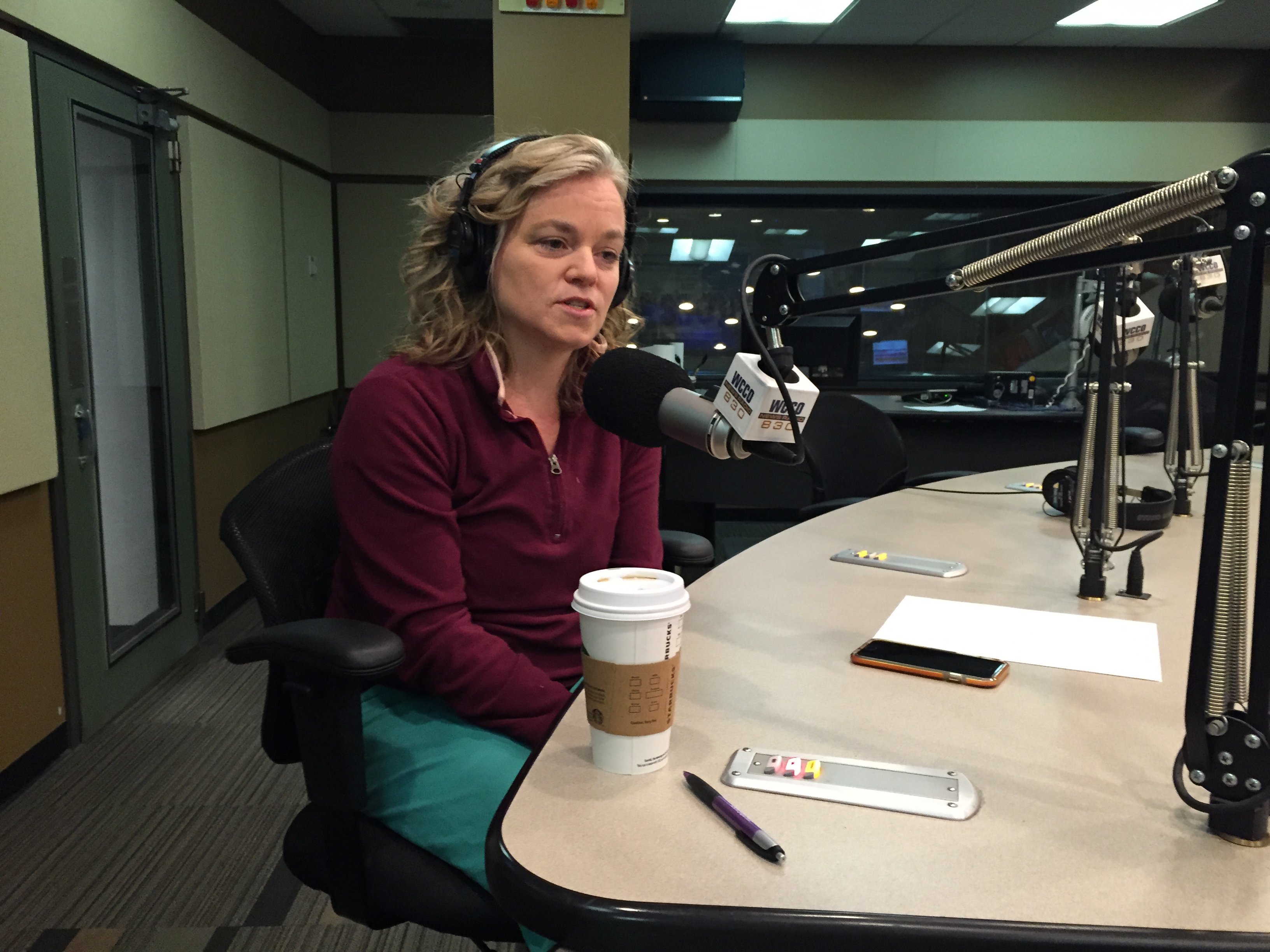
To help me out, I asked my super smart good friend Dr. Meghan Walsh to join me – you’ll want to click on the Listen to Podcasts link on the right to hear her advice about broken heart syndrome, aka stress cardiomyopathy, and other heart topics. She’s a hospitalist (cares for people in the hospital) with a focus on cardiology – in other words she totally knows what is going on when you have a heart problem. And she should know a thing or two about keeping it healthy. Too bad she hails from “the wrong side of the tracks” (which to a Minnesotan like me means she’s from Wisconsin).
Lately, though, I’ve been thinking about living longer and living well. I talked about “Living to 100” on TV last week , I wrote my last blog post on “Living to 100,” and I just worked a week in the hospital where I pronounced the deaths of two people and cared for several more in the last weeks of their lives. Let’s just say longevity is on my mind. So Meghan and I talked about not just heart health, but how to actually live longer in general. And during the show, she brought up the concept of Blue Zones.
Say what? Blue what?
Well it turns out some cool people have looked all around the world and located little pockets where people actually do live a good deal longer than the rest of us. And they do so with vigor and purpose and vitality. This intrigued me, and having looked into it more, I’d like to share it with you. Read on for more . . .
So what the heck is a Blue Zone?
Turns out there is a guy from Minnesota named Dan Buettner who worked with National Geographic to identify areas in the world where people actually live longer than the rest of us – and then to try to figure out how they are doing it. I haven’t met Dan but I’d sure like to. He called these areas Blue Zones: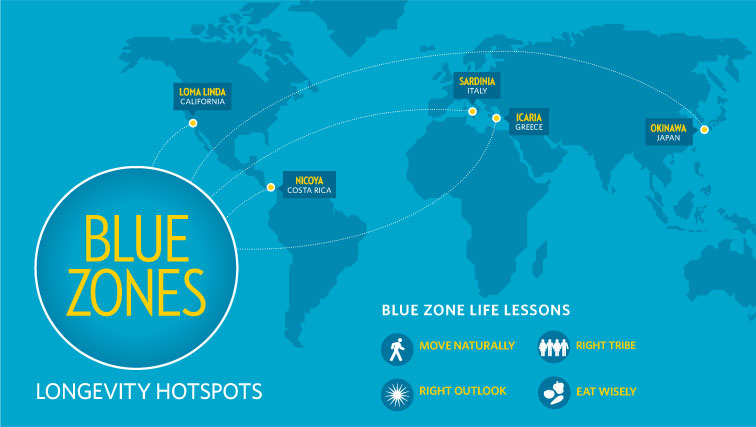
After studying these areas, where people routinely live longer than in most other communities (even living to 100 and beyond), the researchers learned some key factors – and none of them required fad diets or going to the gym! He wrote a book by that name and he’s given some really engaging talks about it. They will really get you thinking:
[ted id=727]
https://youtube.com/watch?v=waGHi6aMzh8%3Frel%3D0%2520frameborder%3D0%2520allowfullscreen
In his work on Blue Zones, Dan Buettner learned that these 5 communities shared 9 important characteristics, grouped into 4 categories. Note that all of this is his work, not my own – I want to give appropriate credit – but I’m going to paraphrase them here and include how some of it makes sense in my own life. Maybe it will in yours as well.
And you’ll just have to read to the end to learn about procreative success.
Move naturally
- Moderate, regular physical activity.
Communities in which people live the longest tend to be quite active, but it is not through intentional exercise – at the gym or anywhere else. Rather, they structure their communities and routines so that movement is a routine part of daily life, not scheduled like we do. Gardening. Taking the stairs. Regular hikes for leisure. Mix the cake batter by hand rather than use the mixer. Stuff like that.
Right outlook
2. Life purpose
The Okinawans of Japan have a saying – ikigai – which basically is the reason you get up every day. The Blue Zone researchers found that having a sense of purpose is worth 7 years of extra vigorous life expectancy. So many of us, however, retire from our jobs somewhere in our mid-60s, then try to figure out what to do that feels meaningful after that. But Dan found that really old people in Japan still maintained a sense of life meaning – be it fishing, holding great-great-great grandchildren, or doing martial arts.
Here in Minneapolis, this week I admitted to the hospital a woman in her 80s who broke her hip while playing volleyball. Her goal was to get well enough to get back to her active life. The take-home point is not that she broke her hip; that was an acceptable risk to her. The take-home point is that she was out playing volleyball. Awesome. (Full disclosure – I changed a couple bits of her history to protect her privacy – but the message is the same).
3. Stress reduction
People who live longer tend to know how to chill out. They do this in ways that are meaningful to them, something we could all learn to do.
I’m about as Type A as they come and tend to talk too quickly, move too quickly, eat too quickly. Guilty as charged. When walking around Lake Harriet with Julie, my wife, she often grabs my hand. I like to think it is for romantic reasons, but as she points out, it’s to keep me at a pace that doesn’t require her to jog to keep up. So calming down is not a strength of mine. But I do try. Like live classical music concerts. For me, a heavenly evening is spending an evening at Orchestra Hall listening to the Minnesota Orchestra. I don’t talk to many – or any – people since I usually go alone. For my wife, and many of my colleagues who are doctors, stress reduction means a ritualized practice of meditation. For you it may be something else. But we need to learn to sloooooooow down.
(Quick aside – we recently did a HealthyMatters show on meditation with a cardiologist colleague of mine, Steve Goldsmith, and a Buddhist master, Marc Anderson. Listen to the podcast here).
Eat wisely
4. Moderate calories intake
This is one I’ve been harping on for years when giving my own presentations on living long. Portions sizes today = obscene! Believe me, when you go to one of those big sports bar restuarants, you know the kind with 98 big screen TVs lining the walls, there is nothing OK about the size of that plate of food. There just isn’t. There are enough calories on that plate for two or even three meals. Eating less is something we can and should do – and there are tips to help. Like reminding yourself before every meal to stop eating when you are 80% full like the Okinawa folks. Or putting the food on the plate in the kitchen, rather than serving family style at the table where you are tempted to take more helpings. Or just use a smaller plate. Simple as that.
5. Plant-based diet
I’m sorry if you are in the meat-producing business, but I have to say it. It is pretty clear that we need to eat, as I say, “lower on the food chain.” Plants and legumes should be the mainstay of our diets – and the more colorful, the better! The dark green, rich red, and bright orange ones are best. This is pretty well established advice. If you do eat meat, make it lean and in much smaller portions than we are used to. The meat – if present at all – should be the size of a deck of playing cards. The veggies, whole grains, and legumes should take up most of the real estate on your plate.
6. Moderate alcohol intake, mostly wine
A glass or two of wine daily is probably reasonably good for you, at least if you look at the communities where people are living a long time. Many of us doctors have been saying this for years, and there is some evidence to back it up. After all, people in Provence seem to do OK with it. I always qualify this recommendation, however, because it just isn’t for everybody. For instance, if you have alcohol dependence or addiction to alcohol or other substances, certainly this is a really, really bad idea for you. And as a doctor, I see people all the time who drink 7 drinks on a Saturday night, thus averaging out to one per day for that week. Sorry, doesn’t work that way.
Right tribe
7. Engagement in spirituality or religion
This is a common theme in the Blue Zone communities. People who live to 100 typically are part of a spiritual community of some sort. And they aren’t hit-or-miss about it – they show up several times per month for some sort of spiritual connection.
I was in Jerusalem on Yom Kippur last year. Talk about honoring the holy days – the entire city shut down in what seemed to me a collective nod to the spiritual. And my Muslim friends pray faithfully many times a day. And Christians like the Adventists of Loma Linda reverently keep the Sabbath. Just examples – your faith traditions may be vastly different and that is OK, but the idea of regular spiritual engagement as a factor in how long you live – well that intrigues me.
8. Engagement in family life
Communities in which people live to 100 tend to be very family-centric. They take care of both their children and their aging parents. Old people are honored in the family. It turns out that taking care of your family makes you live longer. A good read about this is Atul Gawande’s Being Mortal. I recommend it.
9. Engagement in social life
Isolation isn’t good for you. That seems to be clear. This makes sense to me – particularly in our culture where our “friends” may well be people we barely know on our social media accounts. Watch the TedTalk that I referenced earlier in this post and learn of the close-knit group of people in Okinawa who are life-long companions throughout the life journey of the group. Through good and bad. Wow.
When I was in medical residency we had a group of friends that hung out regularly to de-stress, commiserate, laugh. We called ourselves the “Plexus” a name whose origin is a long and probably boring story. Meghan Walsh was part of the Plexus. But the group sort of scattered after our residency at Hennepin County Medical Center though some of us have stayed in touch. Our friends come and go sometimes. Not a good thing, perhaps.
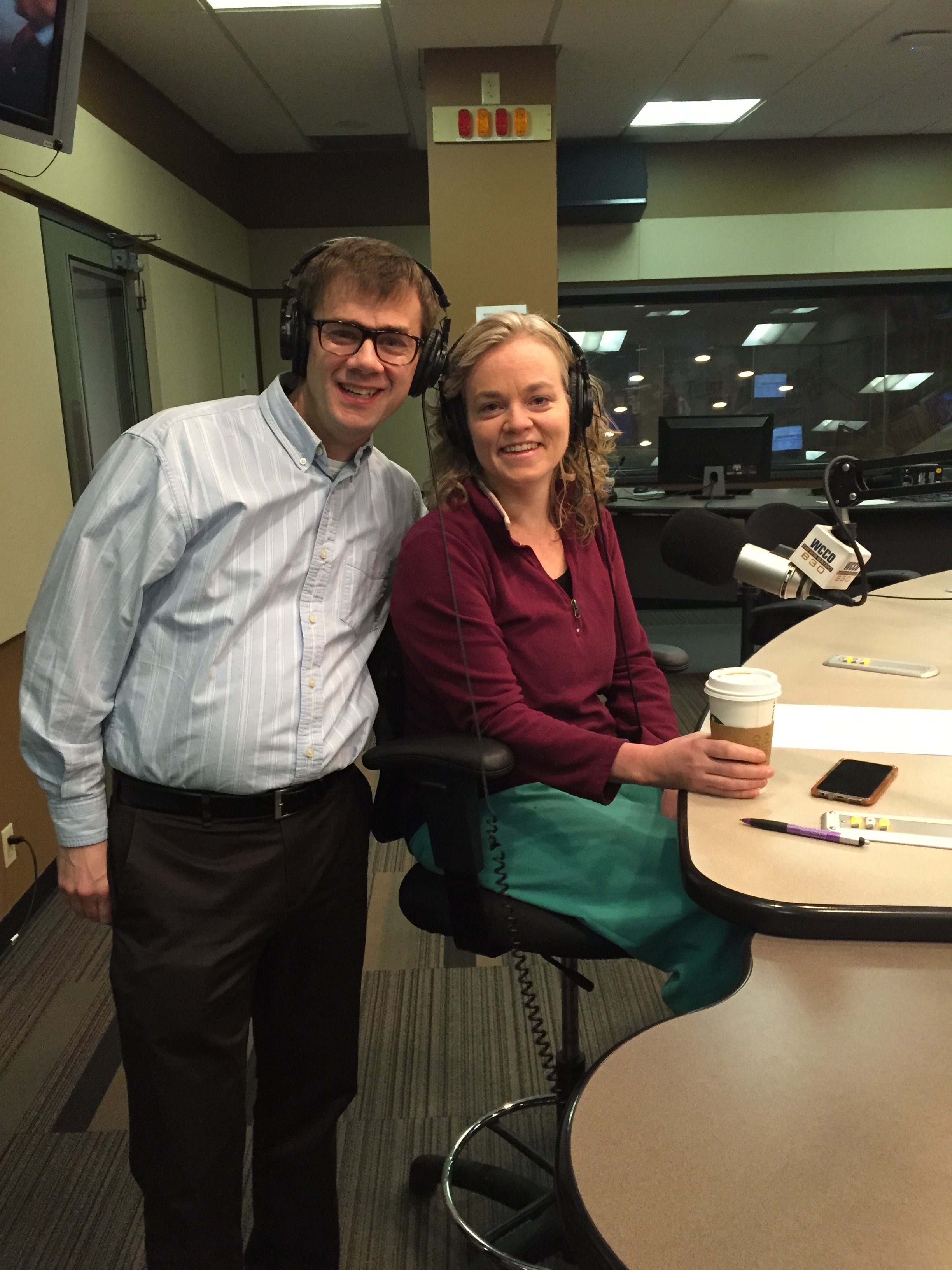
Here’s Meghan and me at the studio – the remnants of the Plexus. (And now if I could just lose that gut . . . !)
OK, as promised . . . what is procreative success? Sounds like something good, eh?
According to Dan Buettner, this is the genetic goal, if you will. It means that we are programmed to see our children and our children’s children and if we do, that’s considered success, at least evolution-wise. So all this longevity talk – well, evolution and our genes have little to say about that.
So look to the Blue Zones for help.
Live to 100 or die trying
You can always pick different parents. Well, maybe not.
Recently I was on WCCO-TV, Channel 4 in Minnesota, to appear in the popular segment done by Heather Brown, called Good Question. This week’s question was about “How to live to 100” and I gave some tips. Click the picture below to see the piece and see the video – but really listen to Mr. Richard Mann, the gentleman who appears in the segment. This 101 year old guy was seen shoveling snow the other day up here in Minnesota. He starts out with “I love my life” – I want to be like this guy so much.
Here’s the video of the segment. Click here or on the picture to see the video.
But what can you do to live to 100 years old? Or maybe the better question is, do you even want to live to 100?
Over the years I have given a talk/workshop to various groups of people called “How to live to 100 or die trying” in which we explore these questions. There is lots to talk about, and so in future posts I’ll be exploring ways to live healthy, including living to 100. After all, there are some things you can do (don’t smoke, eat right, exercise, get certain tests), but much of it is out of our control (picking your parents, for instance).
And almost more interesting to me – outside of eat this and don’t eat that, or exercise this much, or get this test but not that one – is about our mental state of mind as we age. I close almost all my “Live to 100” talks with the advice to not worry so much about things we cannot control. It goes something like this:
